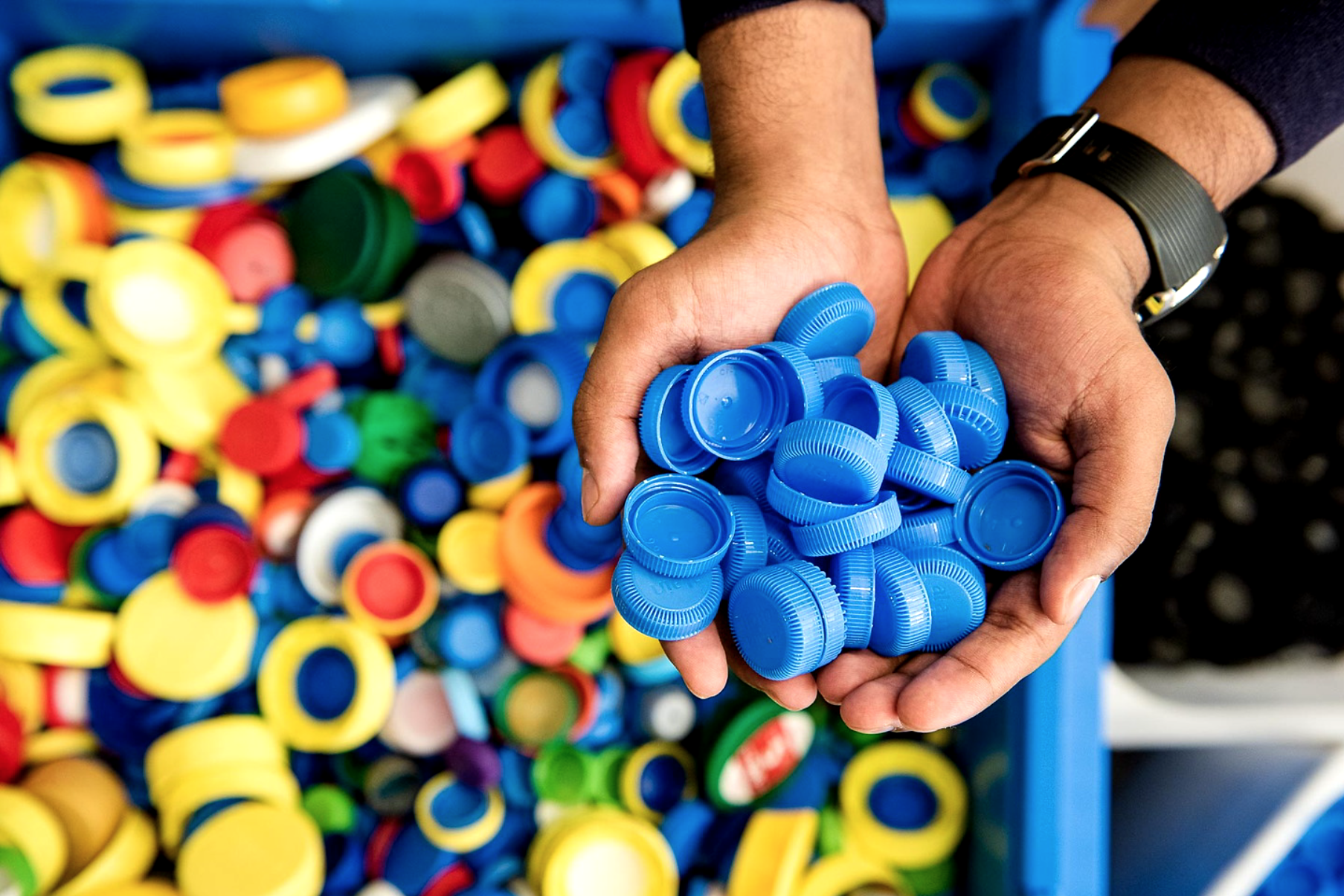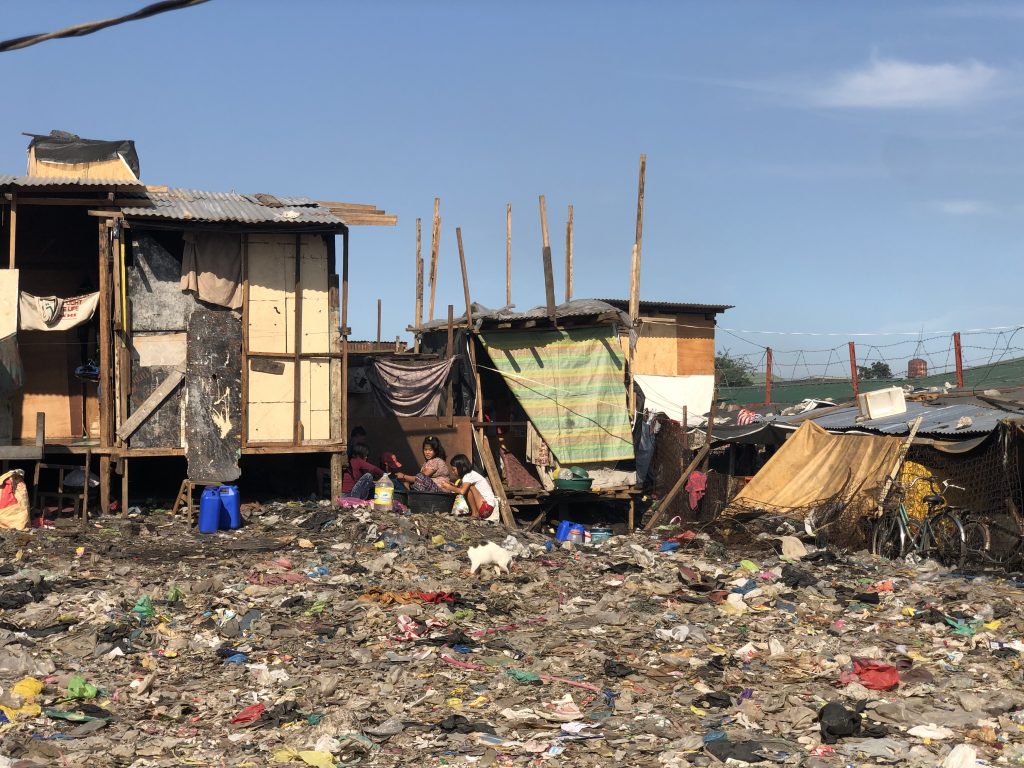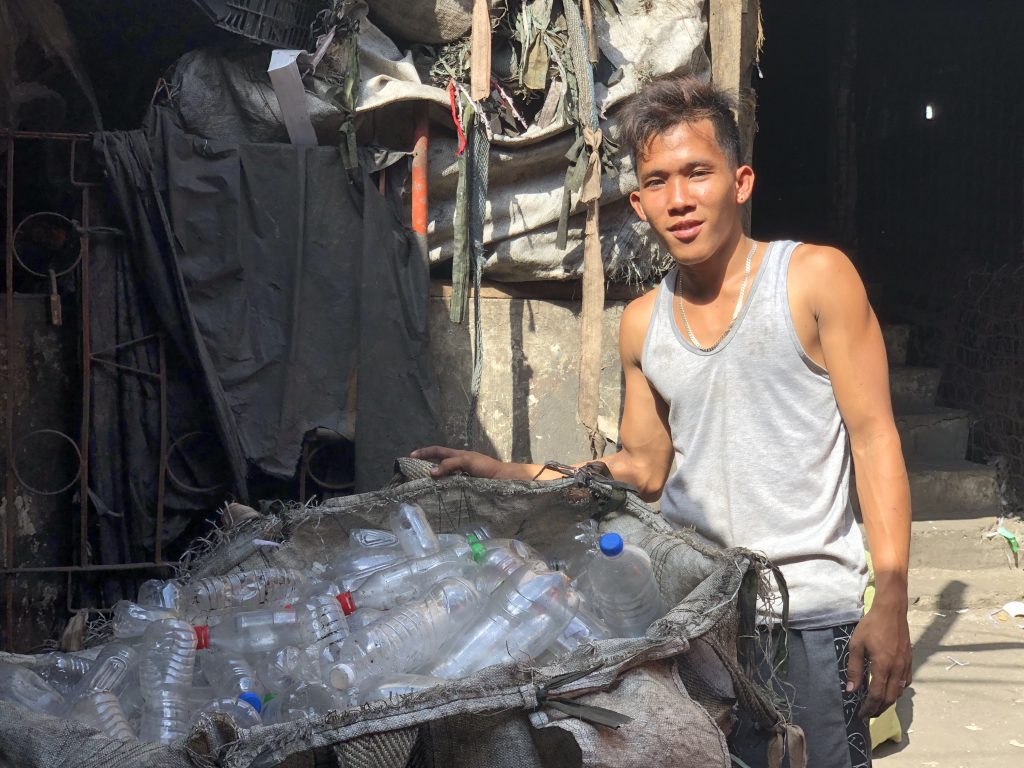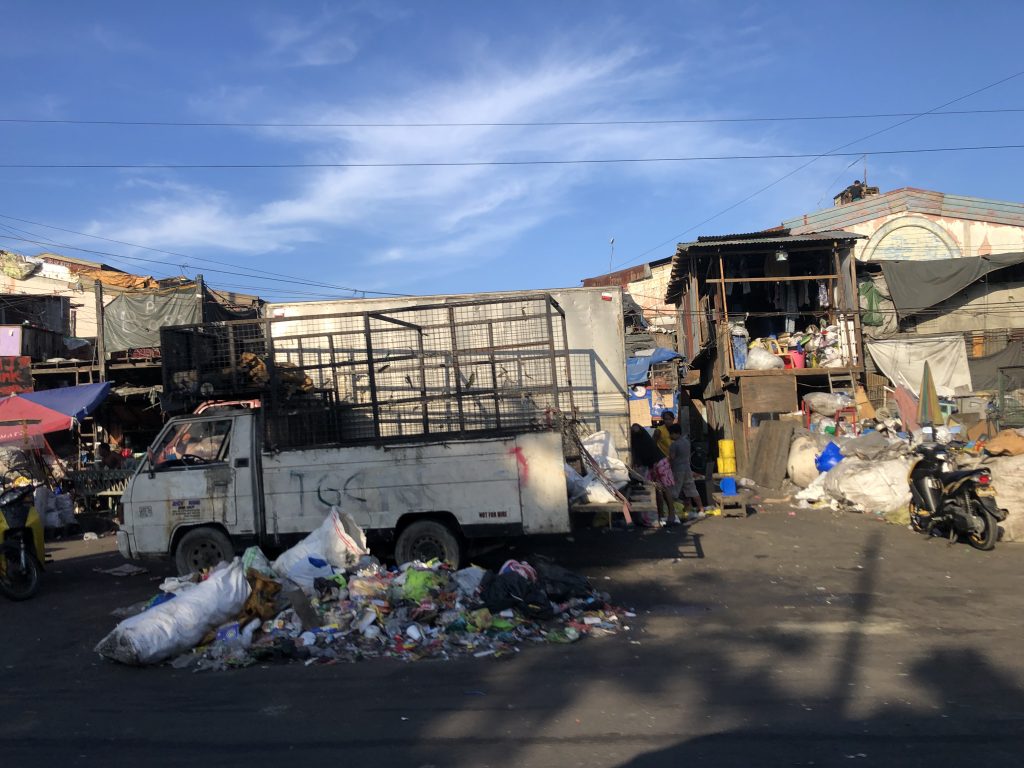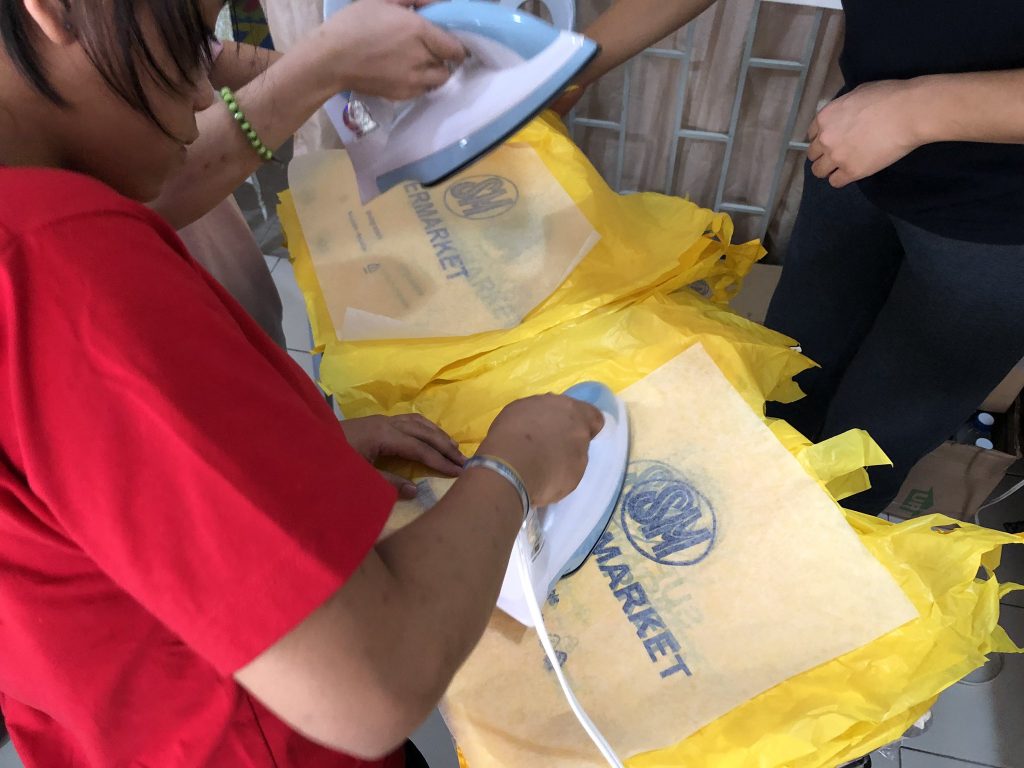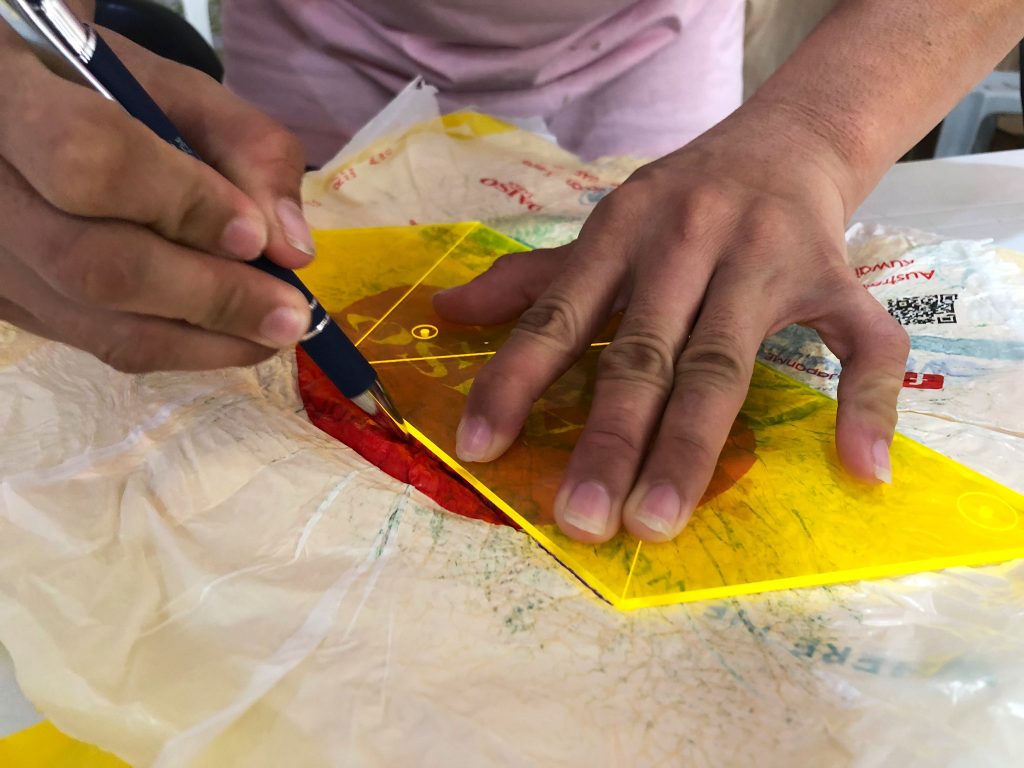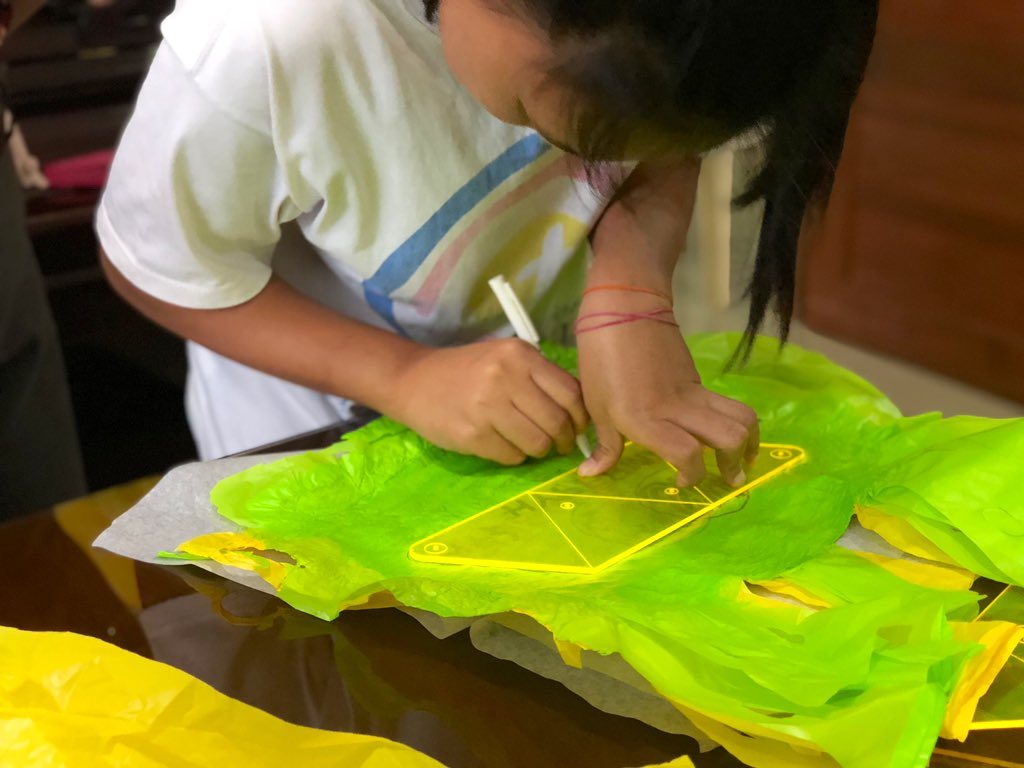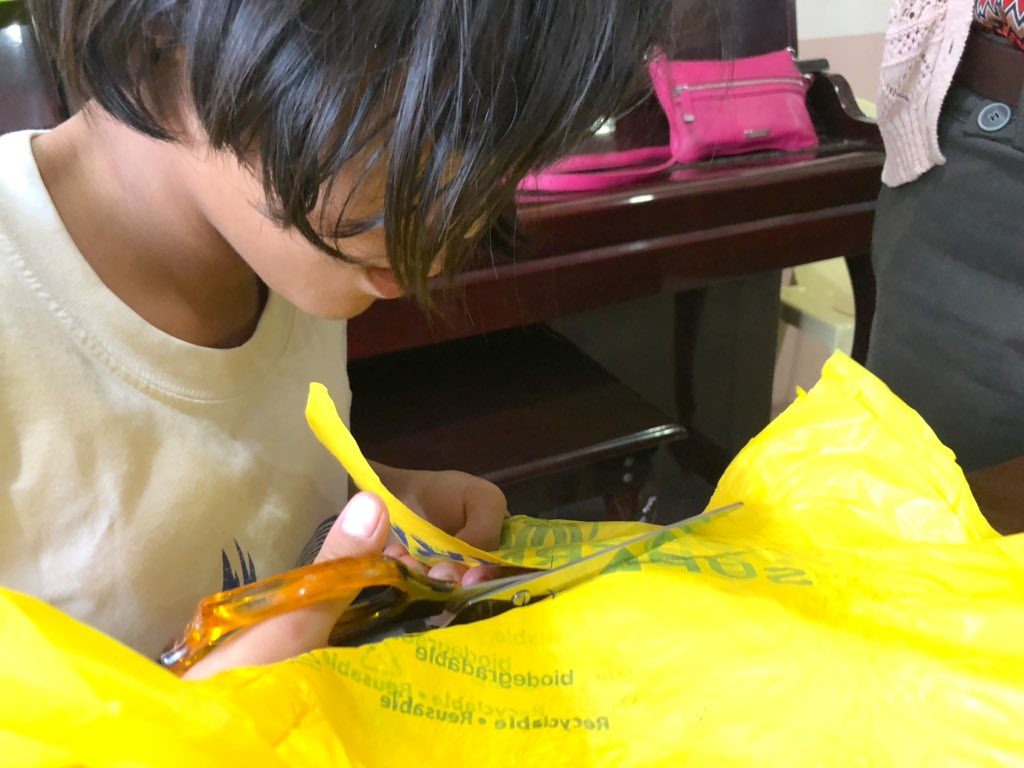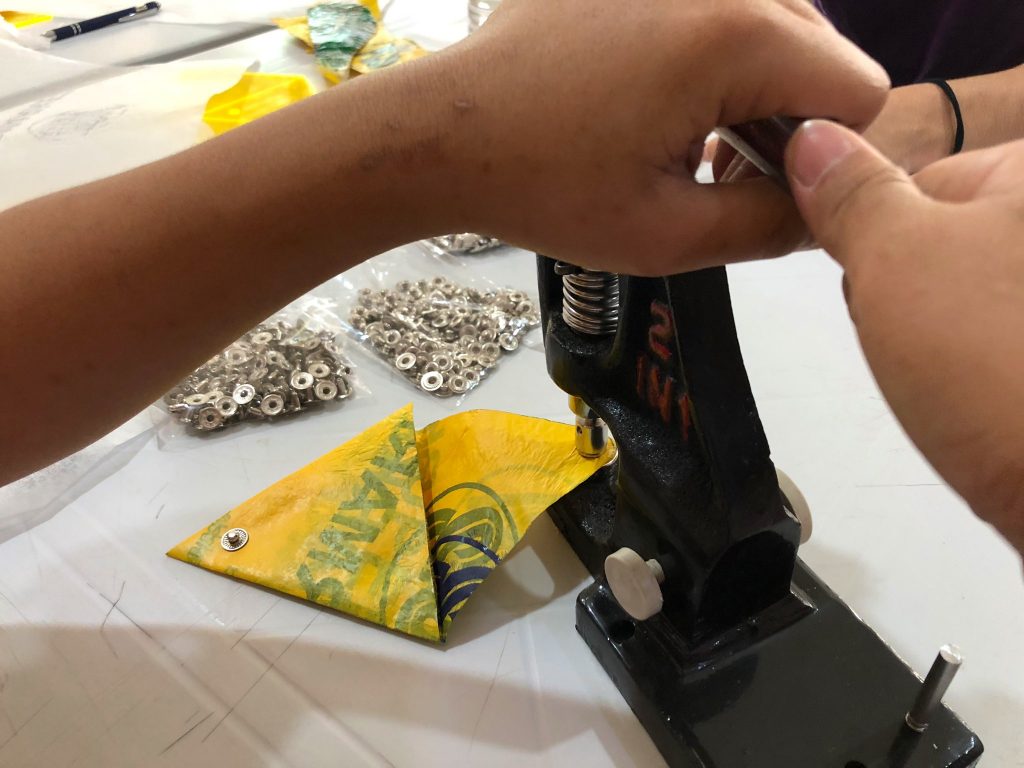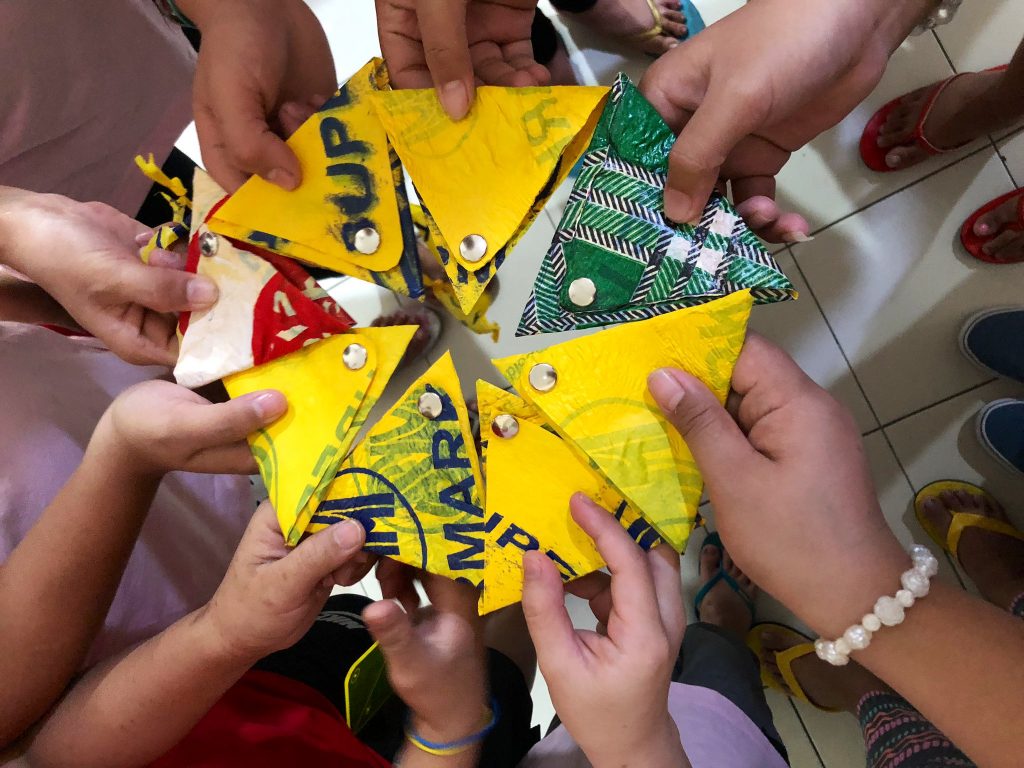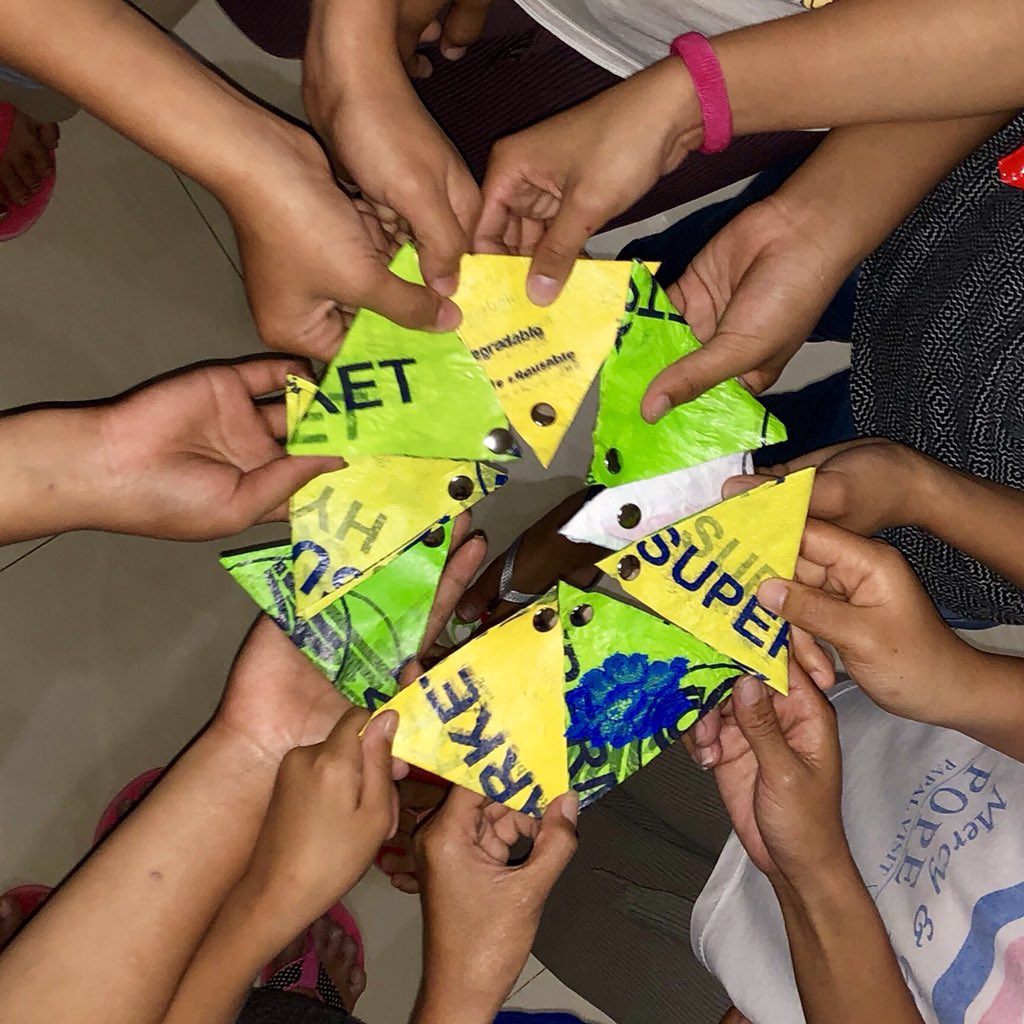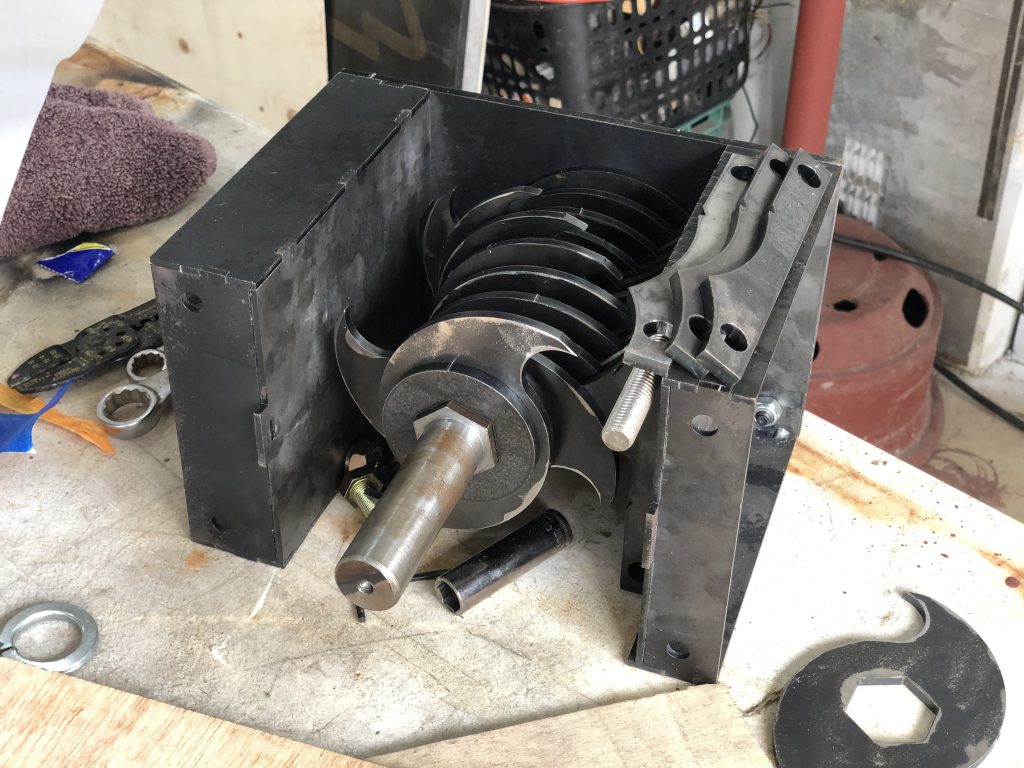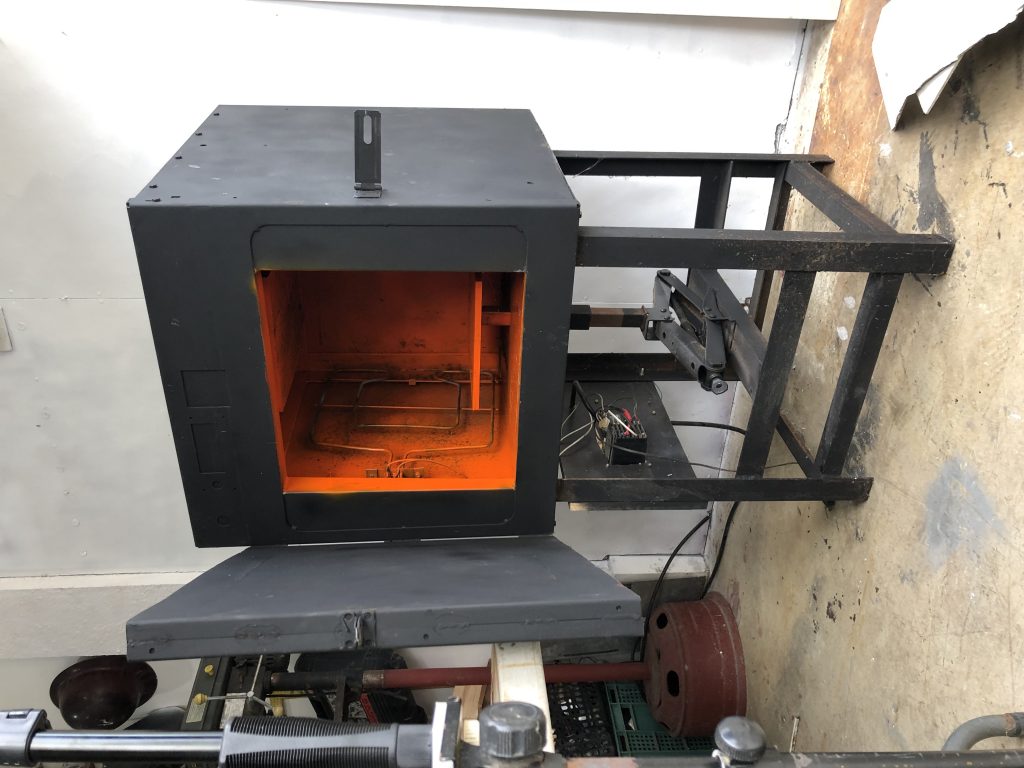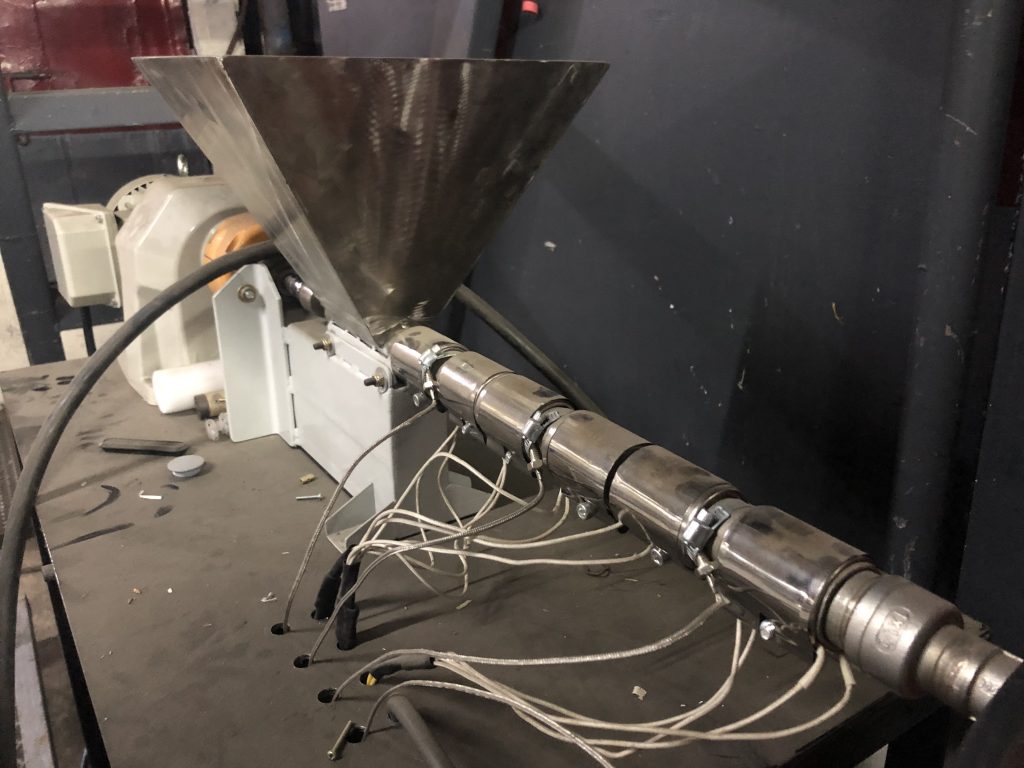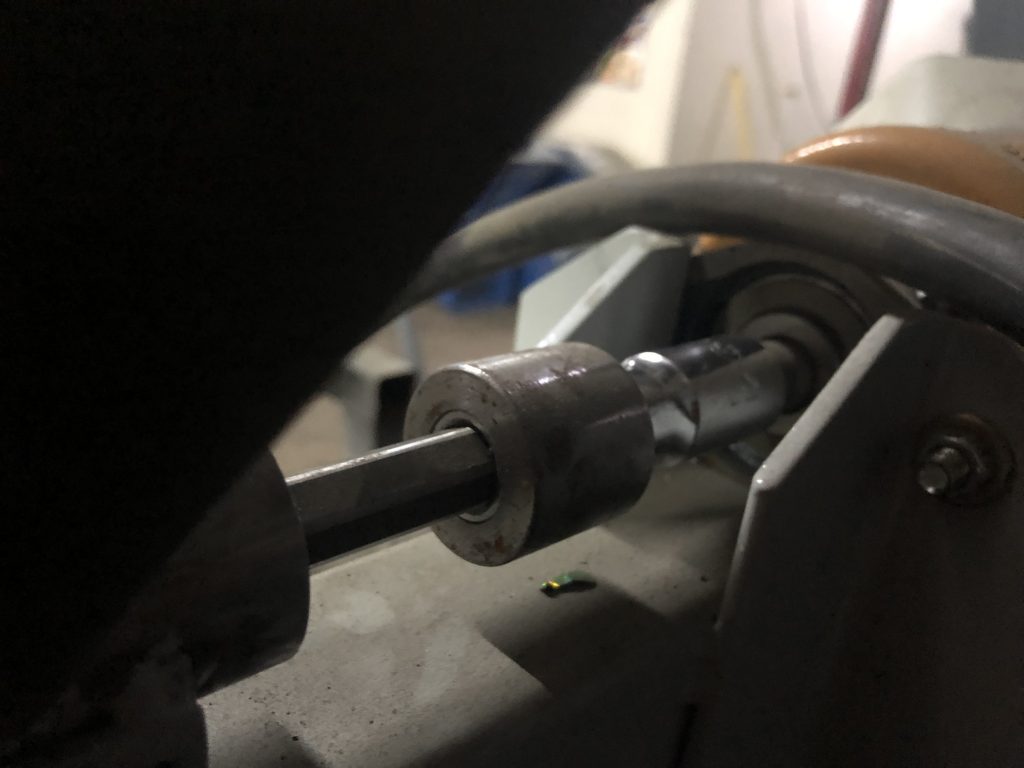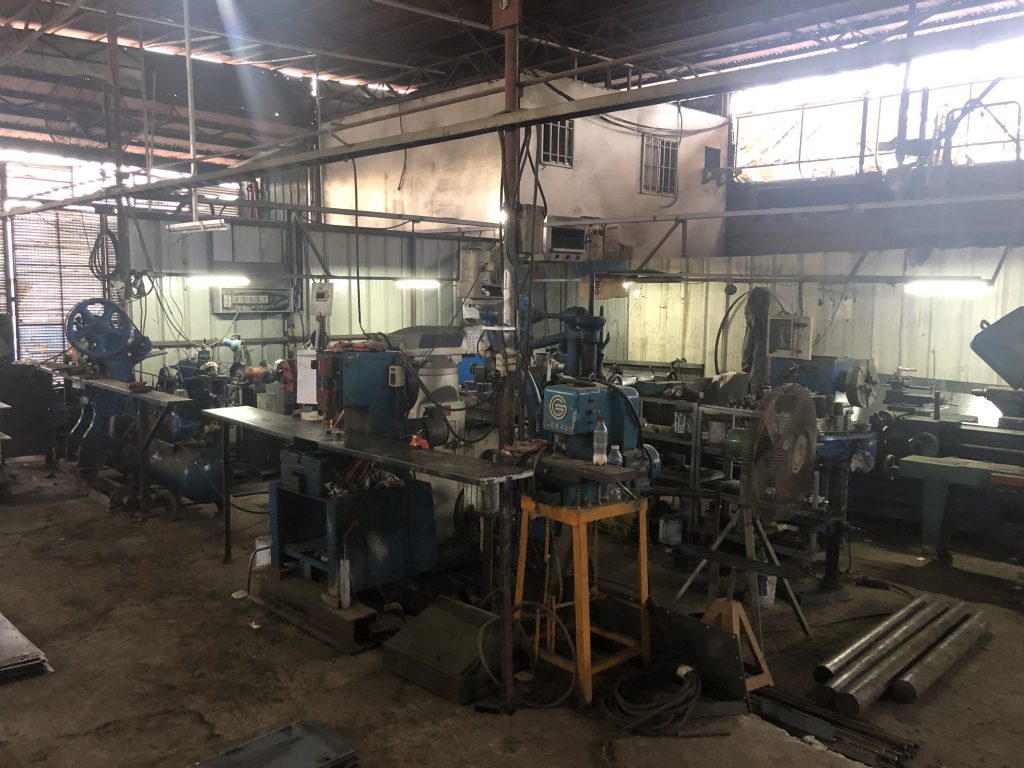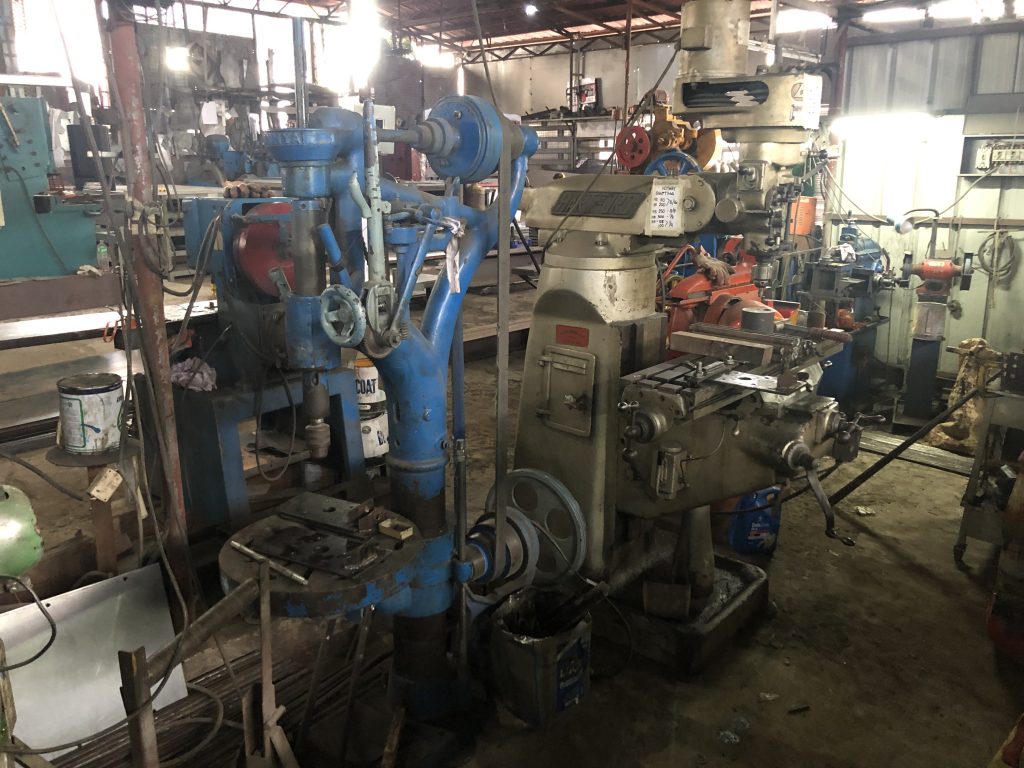A group of four NYUAD students went on a self organised excursion to the Philippines, to work on several ideas for a social enterprise to support underprivileged children in the region of Manila. Felix took the opportunity to join the students to visit several sites, and to meet with Precious Plastic Philippines. Within a three day visit of course nobody can claim to know the city, but it is enough time to get a long lasting impression of the cities’ dynamic environments and its amazing population. Below you can find a few of those impressions from the travel.
Field-trip to Manila,
January 2019
-

snapshot from hotel room -

Jeepneys – Produced since 1945 the vehicles are a symbol for Philippine public transport, but also for local culture and art.
The capital Manila is a modern asian metropole with about 1,8 million habitants; with about 46,000 people per square mile Manila is the densest city in the world (twice the density of New York City). Sky scrapers and huge malls in the business district Makati City face wooden barracks with the typical Jeepney busses parking in front. Multiple areas of the outskirts are claimed by informal communities, and several hundred thousand settlers live along the coastline of Manila.

One of the first stops for the team was Port District, where the team met with a local NGO that offers free school education for the kids of the community. A short tour and a following discussion helped the group to understand their surrounding a bit better. For this area the philippine government declared in a rehabilitation campaign that by February 2019 the entire Manila Bay has to be cleaned from the ubiquitous trash. Obviously there is a lot of work to be done (see pic above), but first steps are made: An excavator, and a small workforce shuffling tons of waste onto a pile could be observed. There was also a small plot of land in which mangrove trees were planted to renaturate the area.
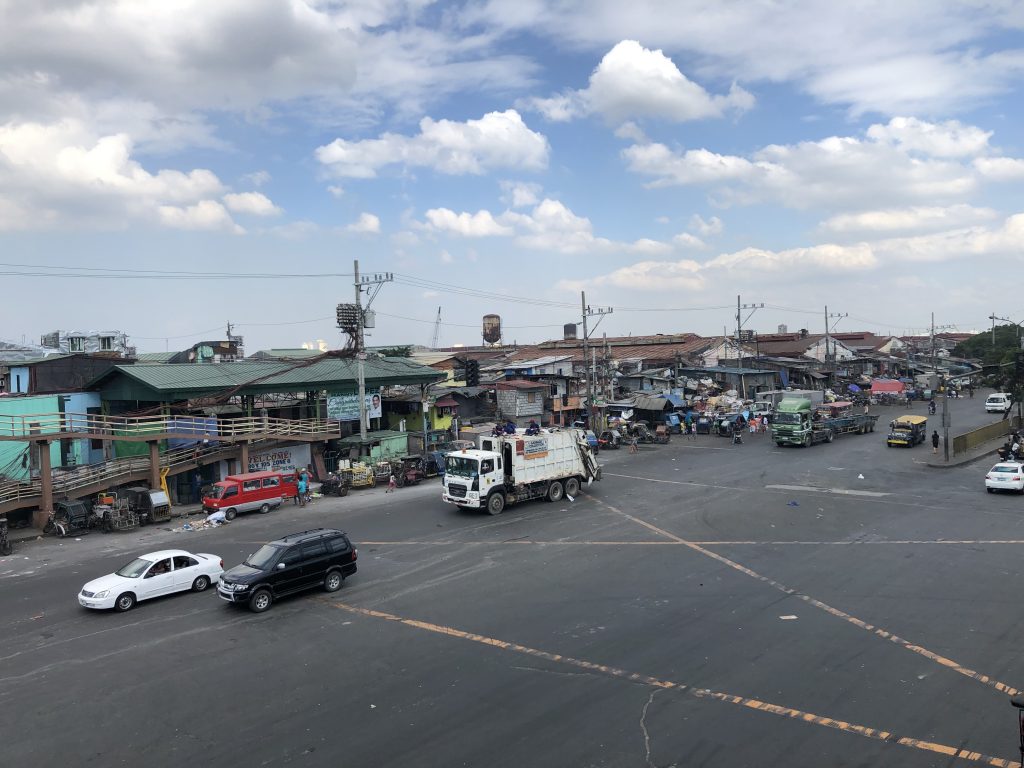
The NYUAD team also had a longer meeting with a few families that live in Tondo, close to Smokey Mountain (the name points to the burning of trash). The families live in small hutches, which sometimes host up to 15 persons. A lot of the small hutches are very close or directly built onto garbage dump sites not following any western standards for health or safety. The team learned that one of the main sources for income for the community members is the sorting and selling of the omnipresent waste dumped by small trucks; mostly paper, plastic, metals or rubber are collected and sold to traders at the nearby road. Another opportunity to make a living is by pealing garlic or onions.
Part of the visit to Manila were also two plastic recycling workshops: One, to a group of girls from Tahanan Sta. Luisa, another one to a group of teenage mums at a center for women in crisis. The workshops featured the process of creating wallets from single-use plastic bags using heating irons, wax paper, scissors, and a button press. All participants did an amazing job and were very enthusiastic about the workshops.
The team of Precious Plastic Philippines is very active on Facebook, and this is how a first contact with Butte Metz was made. Butte is a maker with experience in creating 3D printers and CNC Plasma Cutters, and has a huge interest in building and developing plastic recycling machines. The team visited Butte in his house in Antipolo (which has a small workshop in the garage) to exchange experience on building and using the PP machines. He mentioned that the community in the Philippines is growing, but there is not much exchange though. He is offering support by building high quality machines with long lasting components, but the biggest obstacle for the use of the PP machines remains the relatively high machine costs, which are exorbitant for the majority of the community members. Butte took the group onto a short tour to his real workshop – a huge metal workshop with an amazing machine park that contains everything from world-war II Japanese band-saws to brand-new CNC-milling machines or Plasma Cutters.
